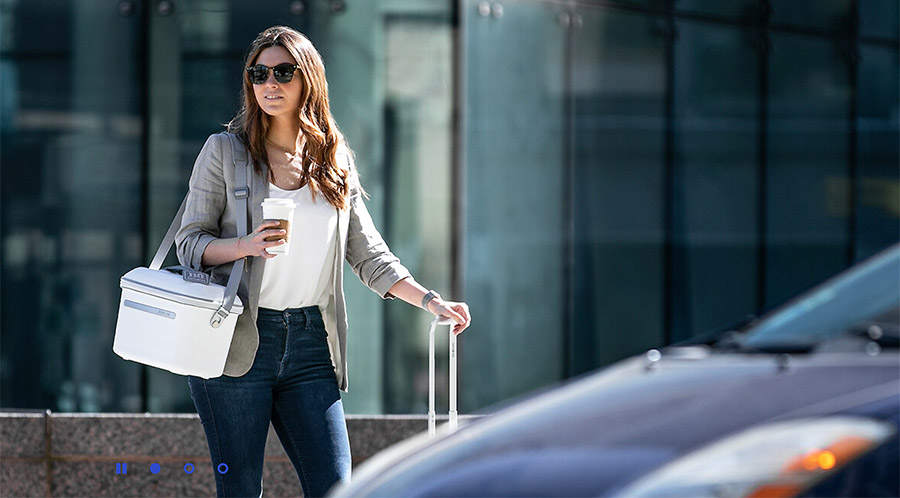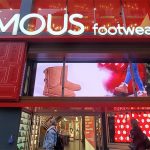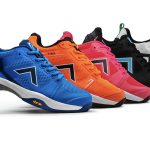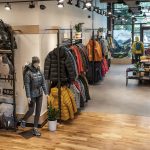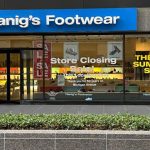Samsonite International S.A. reported steep declines in 2020 for Gregory and High Sierra.
Gregory’s sales were down 26.6 percent to $51.2 million from $69.8 million and declined 27.5 percent on a currency-neutral basis. Sales of High Sierra reached $25.9 million against $63.2 million, down 59.0 percent on both a reported basis and currency-neutral basis. Figures are in U.S. dollars.
Samsonite’s net sales reached $1.54 billion against $3.6 billion, down 57.8 percent on a reported and 57.5 percent on a currency-neutral basis.
The Group’s core brands Samsonite, Tumi and American Tourister were all significantly impacted by the decline in travel and tourism. The Group responded by putting greater emphasis on its non-travel product lines sold under these brands, making noteworthy progress with the Samsonite and Tumi brands. For the year ended December 31, net sales of the Samsonite, Tumi and American Tourister brands decreased by 59.1 percent, 58.1 percent and 62.2 percent year-on-year, respectively.
The net loss for the year came to $1.28 billion against earnings of $132.5 million a year ago. Adjusted net income was a loss of $406.1 million against earnings of $215.9 million a year ago.
Kyle Gendreau, chief executive officer, said, “Samsonite has demonstrated outstanding agility and resilience in navigating the unprecedented challenges from the COVID-19 pandemic. In response to the sharp reduction in sales caused by this extraordinary crisis, we quickly implemented a comprehensive program to cut costs, conserve cash, manage working capital and right-size the business. These initiatives, along with our dedicated teams, strong brands, global scale, and diversified sourcing base and supply chain, strengthened Samsonite’s ability to weather the challenges from the COVID-19 pandemic and continue investing in the business for the long term. We are encouraged by the resulting improvements in our performance during the second half of 2020, especially in bringing our cash burn down to almost breakeven during the fourth quarter of 2020. We are confident that our proven ability to react, adapt and innovate positions Samsonite to achieve sustainable growth, profitability and shareholder value creation in a post-pandemic world.”
Samsonite said during 2020, the Group realized over $670 million of in-year cash savings, driven primarily by substantial and timely reductions in marketing spend and non-marketing fixed operating expenses, a virtual freeze on capital expenditures and software purchases, plus the temporary suspension of the company’s annual cash distribution to shareholders. Also, the Group achieved a sizeable reduction in inventory in 2020. These initiatives together produced a positive impact of close to $800 million and enabled the Group to achieve reductions in its total cash burn from $166.7 million during the second quarter of 2020 to $67.7 million during the third quarter of 2020 and ($3.6) million during the fourth quarter of 2020.
As a result of cost reduction actions combined with the gradual improvement in net sales, the Group’s Adjusted EBITDA improved from a loss of $127.8 million for the second quarter of 2020, when the impacts of the pandemic on Samsonite’s business were most pronounced, to a loss of $50.7 million for the third quarter of 2020 and a loss of $45.1 million for the fourth quarter of 2020.
Gendreau concluded, “We have in place a pipeline full of exciting and competitive new products to meet demand when travel resumes. We are particularly excited about a very promising new product launch planned for the first half of 2021, the Magnum Eco hard-shell luggage collection. Ultra-light in weight, with its shell and interior manufactured using 100 percent post-consumer recycled materials, Magnum Eco is our most sustainable luggage to date and an important milestone in ‘Our Responsible Journey’ to lead the luggage and bag industry in sustainability. We will also maintain our focus on non-travel products in 2021 while waiting for the rebound in global travel and tourism.
“We are heartened by the sequential improvements in our performance during the last two quarters of 2020, which clearly show that our hard work has begun to yield positive impacts on the business, and the team is feeling energized about the coming recovery. I am confident that Samsonite will emerge from this global health crisis well-positioned to address changing customer needs and travel trends in the post-pandemic world.”
Photo courtesy Samsonite

